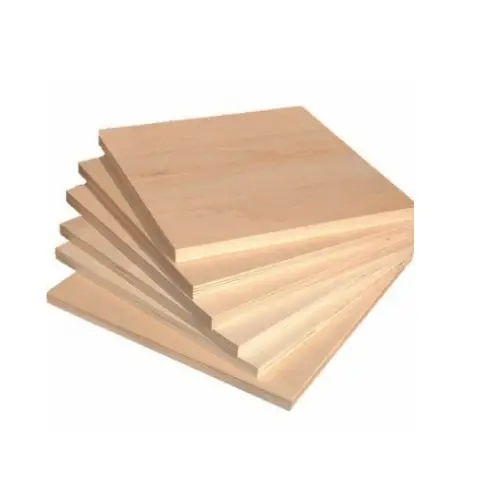WPC Boards & Sheets | WPC Board Applications &Uses | WPC Board Vs Plywood
WPC Boards & Sheets | WPC Board Applications &Uses | WPC Board Vs Plywood
WPC Boards /Sheets
What exactly are WPC Boards/Sheets ?
WPC Boards/Sheets are composite materials composed of wood fiber/wood flour and thermoplastic(s) such as polythene (PE), polypropylene (PP), polyvinyl chloride (PVC), or polylactic acid (PLA).
WPCs can incorporate various ligno-cellulosic and/or inorganic filler elements in addition to wood fiber and plastic.
WPCs are a subset of a larger class of materials known as natural fiber plastic composites (NFPCs), which may or may not contain cellulose-based fiber fillers such as pulp fibers, peanut hulls, coffee husk, bamboo, straw, digestate, and so on.
Chemical additions seem virtually “invisible” in the composite structure (save for mineral fillers and colours, if present). They allow for the integration of polymer and wood flour (powder) while also allowing for ideal processing conditions.
WPC Board Applications &Uses
WPCs are still relatively new materials in comparison to natural lumber’s long history as a building material. WPCs are most commonly used in outdoor deck floors in North America, but they are also used for;
· Railings fences
· Landscaping timbers
· Cladding and siding
· Park benches,
· Molding and trimming prefab houses under the trade name Woodpecker WPC
· Window and door frames, and indoor furniture.
WPCs originally appeared on the decking market in the early 1990s. Manufacturers argue that WPC is more environmentally friendly and requires less maintenance than alternatives such as preservative-treated solid wood or rot-resistant solid wood.
These materials can be molded with or without the appearance of replicated wood grain.
WPC Boards’ Benefits and Drawbacks/Advantages & Disadvantages
WPC board is a highly durable and safe material that is utilized in building. It is made from a combination of wood fiber/wood flour and thermoplastics. Inorganic additives and plastic composites are also used to make WPC boards. As a sturdy, high-quality coating option, wood and plastic composite is also used.
WPCs do not corrode and are very resistant to rot, decay, and marine borer assault, albeit they do absorb water into the imbedded wood fibers.
Water absorption is more prominent in WFCs with a hydrophilic matrix, such as PLA, and causes mechanical stiffness and strength to decrease.
An acetylation treatment can improve mechanical performance in a moist environment. WPCs are easy to work with and may be shaped with standard woodworking tools.
WPCs are frequently regarded as a sustainable material since they can be created from recycled plastics and wood industry waste.
Although these materials extend the life of used and discarded materials, they have a significant half-life of their own; the polymers and adhesives added make WPC difficult to recycle after use. They may, however, be easily recycled in a new WPC, similar to concrete.
One advantage over wood is the material’s capacity to be molded to practically any desired shape. Strong arching curves can be formed by bending and fixing a WPC member.
Another key advantage of these materials is that they do not require painting. They are made in a range of hues, although grays and earth tones are the most common.
Despite containing up to 70% cellulose (though 50/50 is more usual), the mechanical behavior of WPCs is most comparable to that of plain polymers.
Polymerization of neat polymers takes place without the use of any solvents. WPCs have lesser strength and stiffness than wood, and their behavior is time and temperature dependent.
The wood particles are prone to fungal attack, though not as much as solid wood, and the polymer component is subject to UV damage.
Freeze-thaw cycling has the potential to reduce strength and stiffness, while research in this area is ongoing. Some WPC formulations are susceptible to staining from a wide range of substances.
Which is better WPC or PVC?
Both WPC and PVC boards are very resistant to moisture and humidity. When utilized in humid and moist situations, WPC boards outperform PVC boards because they can withstand temperature fluctuations better and do not expand or shrink with temperature fluctuations.
WPC Board Vs Plywood
WPC sheet is a more durable, long-lasting, eco-friendly, and water- and moisture-resistant product than plywood. However, the appearance cannot be as close to that of wood, and they do not have the option of applying attractive laminates and veneers.
Despite its high cost, WPC stands out as a superior solution than plywood in moist locations. Plywood, on the other hand, is more durable and can match wood finishes and colors through veneers and laminates, which WPC cannot do.

